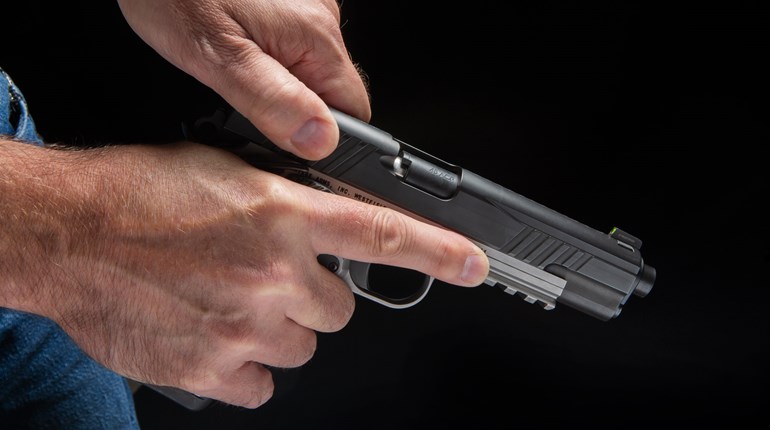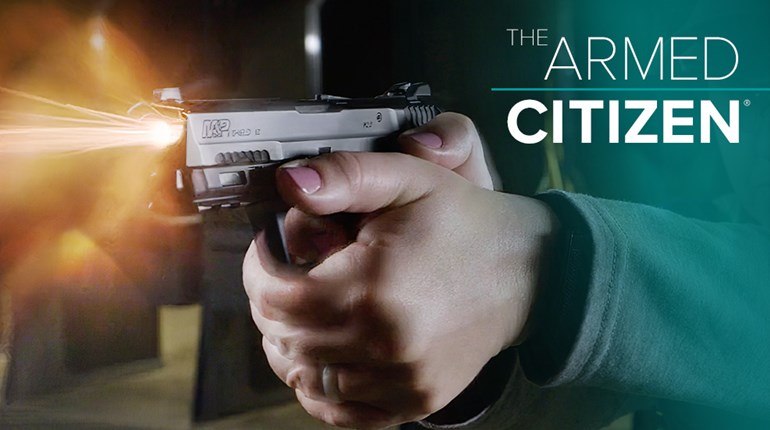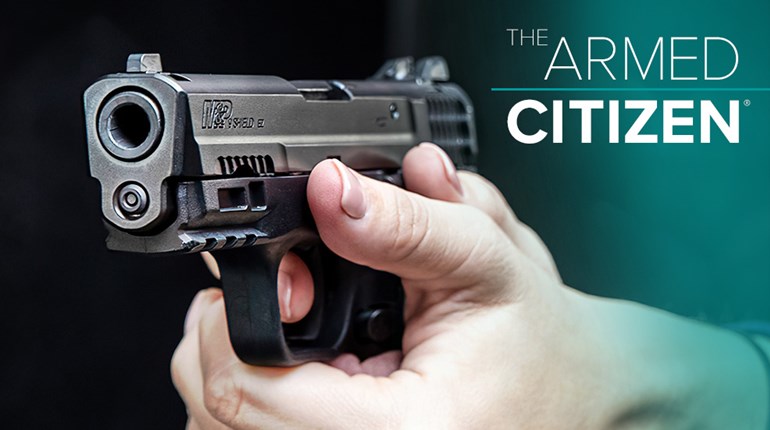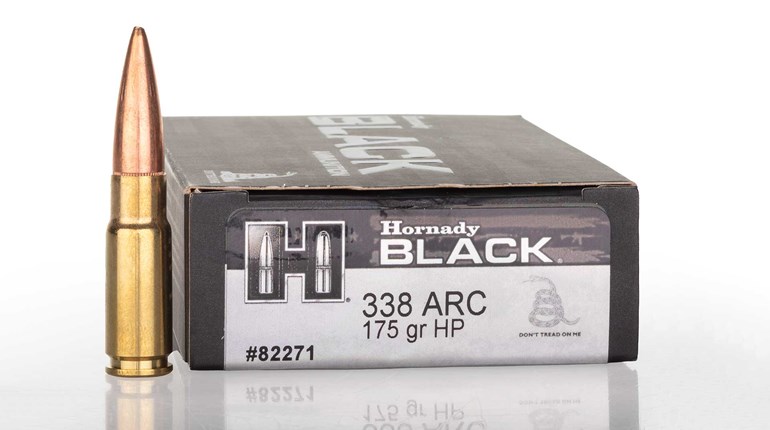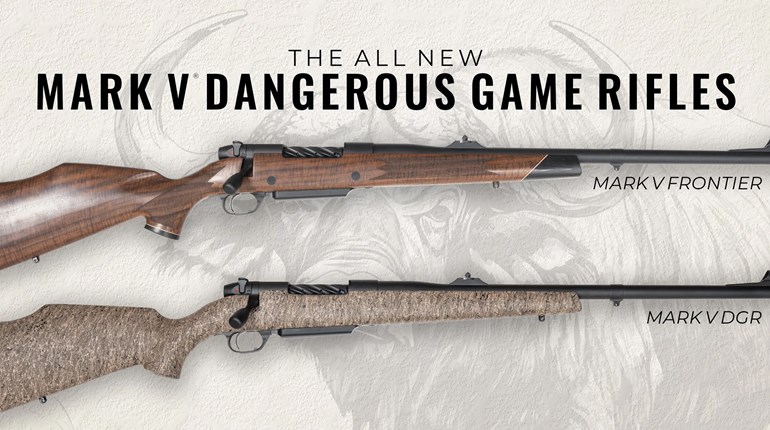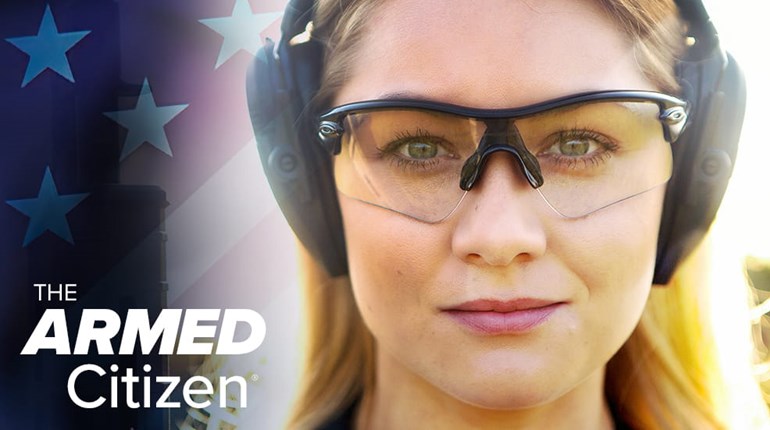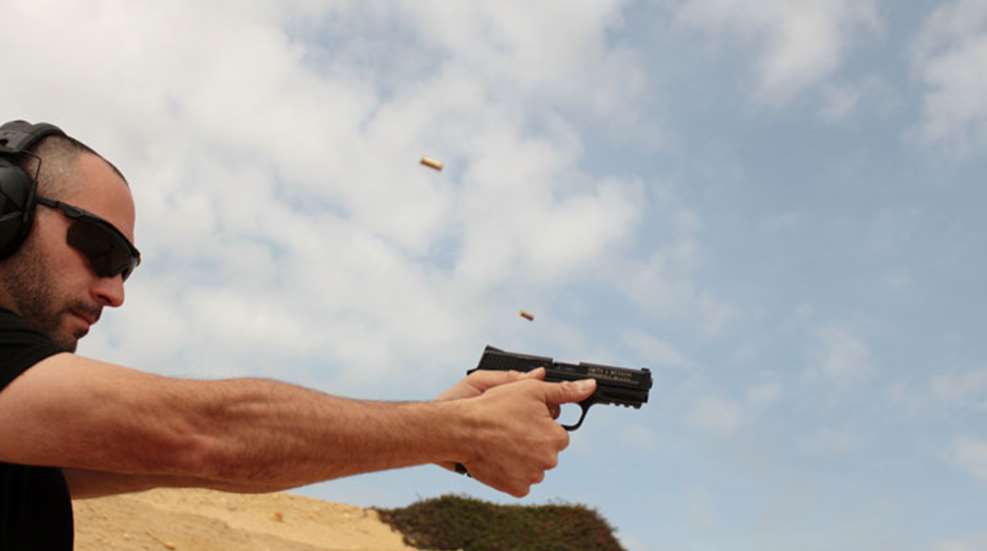
Ok, so you’re all set to take that super high-speed, low-drag defensive handgun training course except you only have one problem… you don’t speak "gun." Higher-level training courses often operate under the assumption that you have knowledge of some basic defensive terms. Here’s a few to get you up to snuff and have you at the top of your class faster than you can say "Mozambique."
Prepare Magazines: This phrase is used to instruct students to fill their external magazines with ammunition. It is important that it is differentiated from the term “load,” as this means to put live ammo into a firearm.
Load And Make Ready: Good instructors like to use familiar and universal terminology. This phrase is standard at USPSA and IDPA matches. Once given this command shooters should insert a prepared magazine, chamber a round, engage external safety (if applicable), and holster the firearm or get it into another prescribed ready position.
Indexing: This is one of my favorites because it’s a concept that transcends all forms of shooting. Rifle shooters refer to it as natural point of aim, shotgunners call it pointing, and pistol shooters call it indexing. All it means is to be in a position where presenting your firearm in the target’s direction happens instinctively and effortlessly.
Follow-Through: Another term prevalent in all forms of shooting. In defensive pistol shooting follow-through means to keep your trigger pinned to the rear after firing a round, and relaxing all other muscles so that they do not react to the gun fire. This allows you to take rapid follow-up shots and does wonders for accuracy.
The 21-foot rule: Also known as the Tueller drill, this rule alludes to the fact that nearly all defensive encounters happen within 7 yards or closer. A series of experiments were also conducted by Sargent Dennis Tueller to prove that inside of this distance an assailant armed with a knife is a viable threat. Many shooting techniques were devised around these results.
Point Shoot: Point shooting requires NO use of the sights. A shooter will use their pistol like a shotgun, in which they ignore the sights and only use the outline of the slide or barrel to “aim.” Inside of 21 feet, this is more than accurate enough to hit "center of mass." Eliminating the time it takes to form a perfect sight picture can save valuable seconds...maybe even your life.
Shooting From Retention: While closely related to point shooting, it is slightly different. Point shooting requires a complete presentation with your arms fully extended. Retention shooting is best described as what you would do inside of a phone booth (remember those?). Essentially your gun is just inches from your holster; your arms are not and usually cannot be fully extended as you’re shooting inside of “bad breath” distances.
Double-Tap: This phrase instructs you to deliver two rounds in rapid succession to the center mass of your target. To conduct this properly, the shooter should barely be using their sights for the first shot and shouldn’t be using their sights at all for the second shot. A double-tap shouldn’t take more than .25 seconds to perform. Accurate hits revolve around good index and follow through, and should not be used on targets much further than 21 feet away.
Mozambique or Failure-To-Stop Drill: I have heard probably about a dozen different stories as to why this drill is named after the African nation, to the point that I don’t bother repeating any at all. What is consistent, however, is the method in which the drill is performed. The drill starts off as a double tap and then if necessary, a crudely aimed head shot. The idea here is to place the easy shots while the threat is most active to slow them down. If the threat is yet not neutralized they are usually still enough to take the shot on the smaller, higher value piece of anatomy.
Peripheral Vision Loss: This fancy term means tunnel vision. When put under extreme stress the human body narrows its vision field to keep focus on the threat at hand. This leaves you open to a lateral attack by a second assailant. For this reason we always shoot with both eyes open, as well as scanning and assessing our flanks.
Once you're familiar with these basic terms you will be ready to seek out a certified NRA instructor to help you hone these skills, as well as the instincts needed to understand when to apply each one. Defensive training can be very challenging, as it not only stresses your shooting ability, but your mind as well. Don’t be discouraged, with a little knowledge you can conquer it all and move up the ranks from keyboard commando to range know-it-all in no time!













